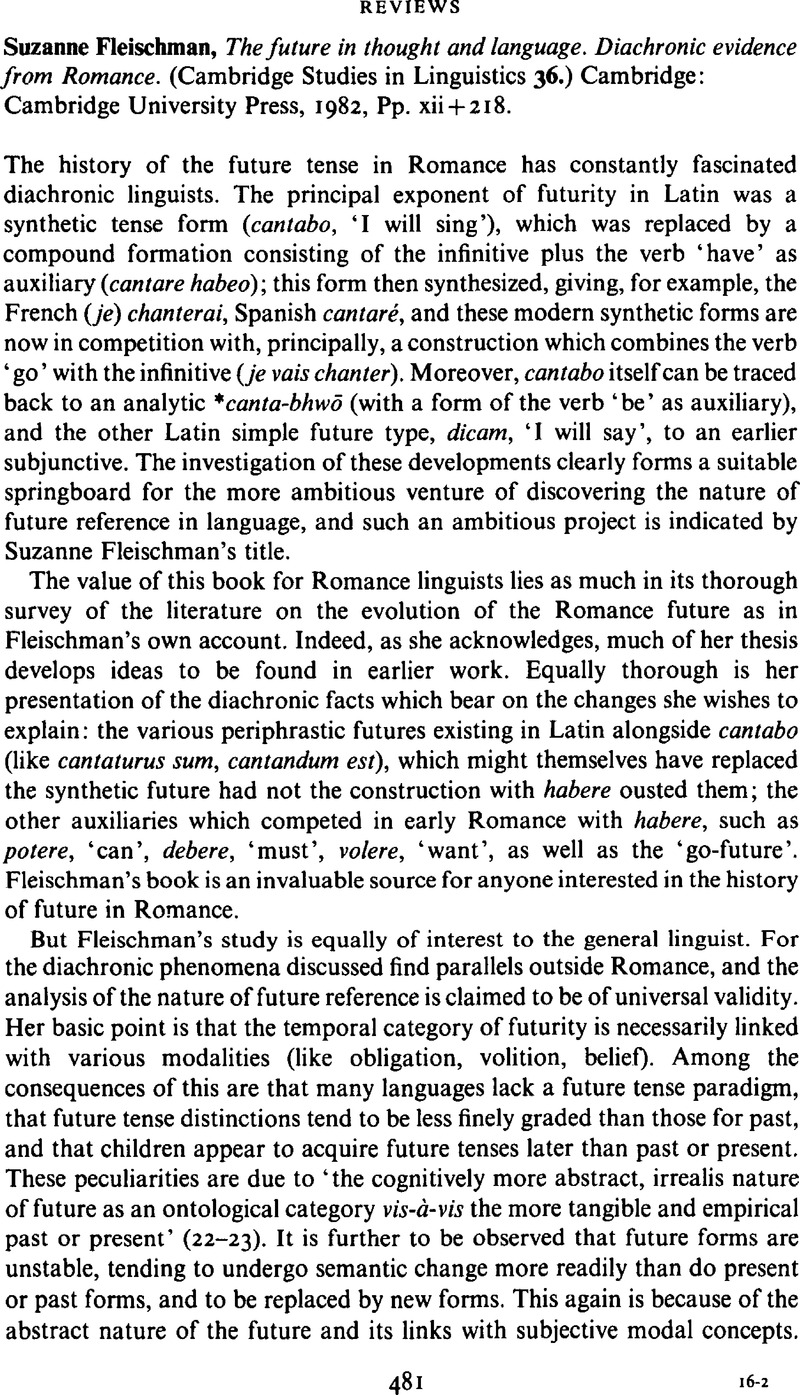Crossref Citations
This article has been cited by the following publications. This list is generated based on data provided by Crossref.
Westmoreland, Maurice
1997.
The dialectalization of Spanish future tense usage.
<i>WORD</i>,
Vol. 48,
Issue. 3,
p.
375.
Robar, Elizabeth
2022.
Morphology and Markedness: On Verb Switching in Hebrew Poetry.
Journal for Semitics,
Vol. 30,
Issue. 2,



